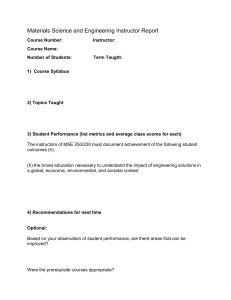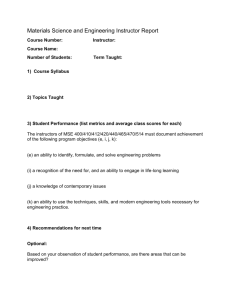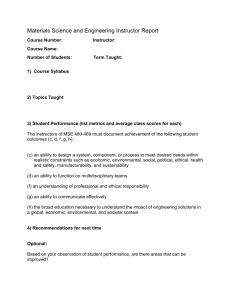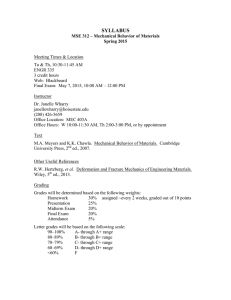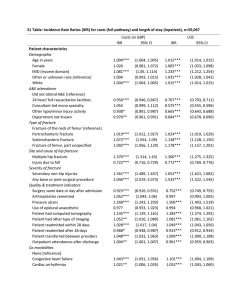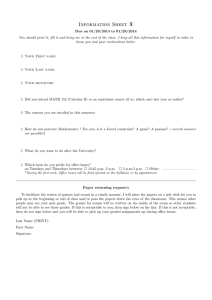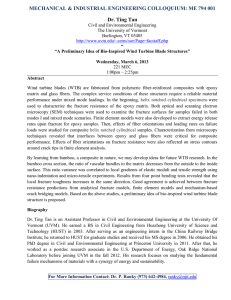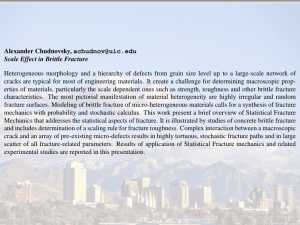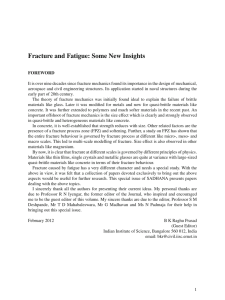SYLLABUS
advertisement
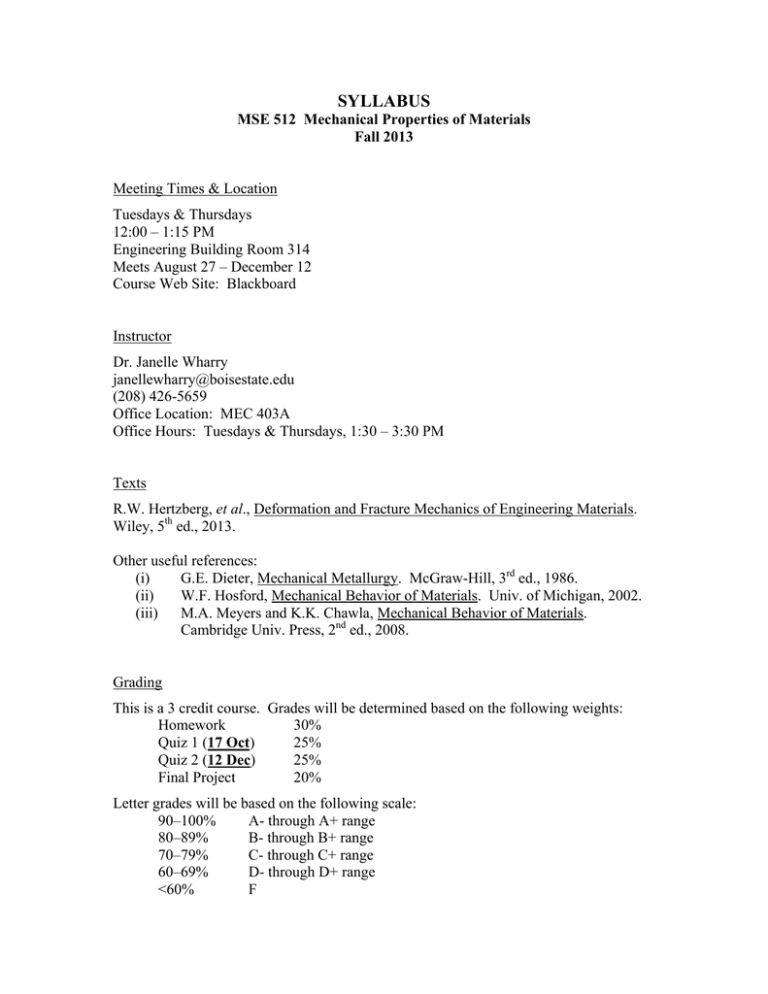
SYLLABUS MSE 512 Mechanical Properties of Materials Fall 2013 Meeting Times & Location Tuesdays & Thursdays 12:00 – 1:15 PM Engineering Building Room 314 Meets August 27 – December 12 Course Web Site: Blackboard Instructor Dr. Janelle Wharry janellewharry@boisestate.edu (208) 426-5659 Office Location: MEC 403A Office Hours: Tuesdays & Thursdays, 1:30 – 3:30 PM Texts R.W. Hertzberg, et al., Deformation and Fracture Mechanics of Engineering Materials. Wiley, 5th ed., 2013. Other useful references: (i) G.E. Dieter, Mechanical Metallurgy. McGraw-Hill, 3rd ed., 1986. (ii) W.F. Hosford, Mechanical Behavior of Materials. Univ. of Michigan, 2002. (iii) M.A. Meyers and K.K. Chawla, Mechanical Behavior of Materials. Cambridge Univ. Press, 2nd ed., 2008. Grading This is a 3 credit course. Grades will be determined based on the following weights: Homework 30% Quiz 1 (17 Oct) 25% Quiz 2 (12 Dec) 25% Final Project 20% Letter grades will be based on the following scale: 90–100% A- through A+ range 80–89% B- through B+ range 70–79% C- through C+ range 60–69% D- through D+ range <60% F SYLLABUS – MSE 512, Fall 2013 Homework Homework sets will be assigned approximately every 2 weeks. Assignments will be given in class; solutions will be made available on the course web site. Students are permitted to work together to solve homework problems, but everyone must turn in his or her own solutions. Topics to be Covered Mechanisms and Foundations Elasticity vs. Plasticity Stresses and Strains Vectors, Tensors, Scalars Tensile Response, Young’s Modulus, Generalized Hooke’s Law Single Crystal Mechanics Defects Anisotropy Strengthening Mechanisms Mechanical Properties and Failure Fracture and Fractography Fracture Toughness Toughening and Embrittlement Fatigue and Failure Analysis Creep Environmental Effects on Mechanical Properties Other Materials Polymers Composites and Cellular Solids SYLLABUS – MSE 512, Fall 2013 Final Project Identify an engineering materials mechanical failure relevant to both this course and your specialized area of research. Put yourself in the shoes of the first scientist tasked with identifying the root cause of the failure – this means you don’t know everything that is currently known/published about this failure; you just know what happened and you have some background information. Develop a research approach for identifying the root cause of the failure. Consider the following when developing your approach: • What is known about the system that failed, the environment in which in failed, the testing that was done on the system before it was constructed? What are the fundamentals of the system? • What factors (external stresses, environmental factors, etc.) were present? Could any of them have contributed to or caused the failure? How so? • Which factor(s) do you hypothesize as being the most significant contributors to the failure? Why? How does this factor(s) contributes to the failure? • How can I test the effects of these aforementioned factors on my system? Can I isolate the effects of one factor? • Are there models or theories that can confirm my hypothesis? How can I implement them? • Proving your hypothesis not only requires confirmation of your ideas, but also disproving competing ideas. So what are some competing hypotheses? How can I test them? The project deliverables are: • Topic Proposal. This should take the form of an abstract (~300 words). Discuss the topic you have selected; provide some background information; explain the societal impact of the failure; suggest your initial hypotheses. DUE: 12 November • Presentation of your Research Approach. This should be similar to the doctoral thesis proposal. Each student will have 20 minutes + 5 minutes for questions. DUE: We will hold the presentations during finals week. A Few Topic Ideas Creep fracture of steam generator tubes Railway wheel rim hardened by braking Stress Corrosion Cracking in any multitude of applications Failure of NiCr/Ni thermocouples The Comet disasters (British aircraft) Environmental attack of concrete structures Fatigue fracture in a harvester thresher shaft Nuclear fuel pellet-clad interactions Nuclear fuel assembly bowing See Hertzberg, et al., Chapter 11 for further examples
